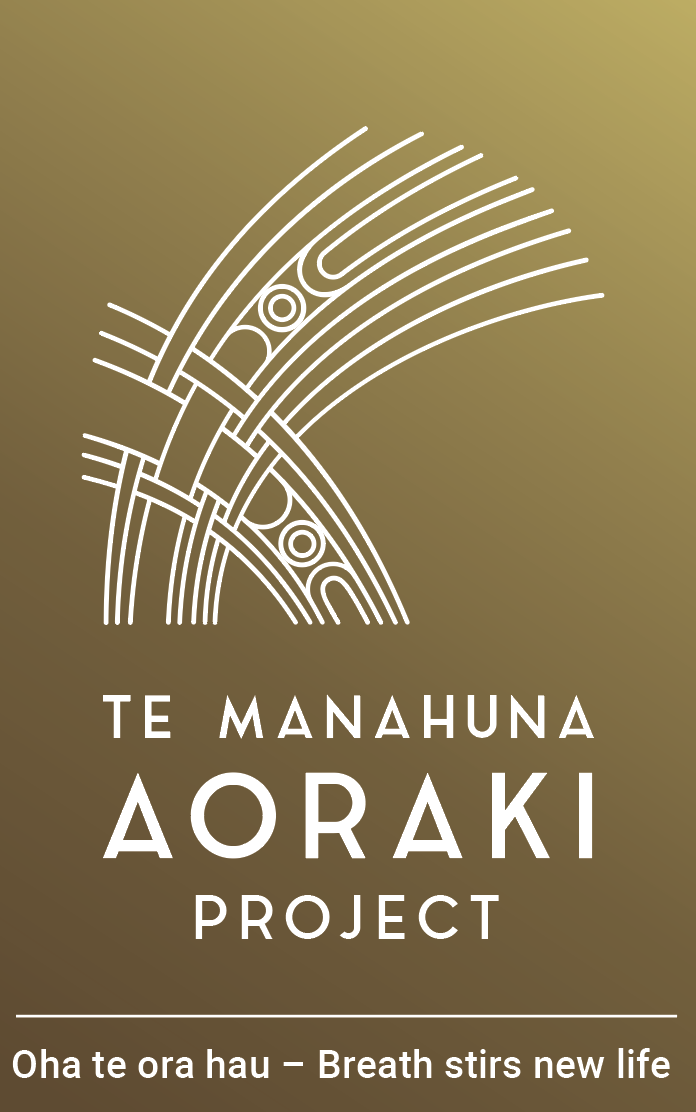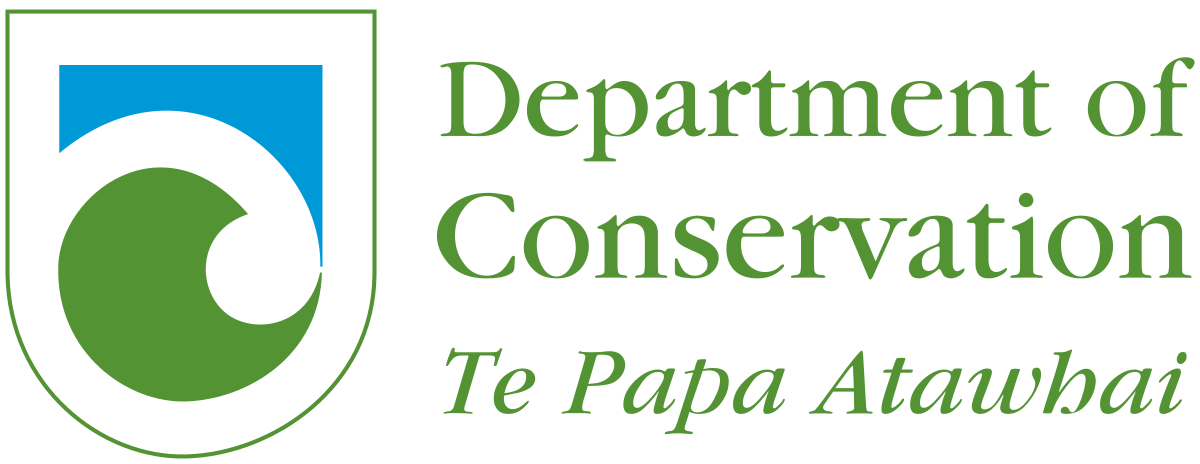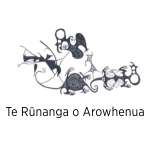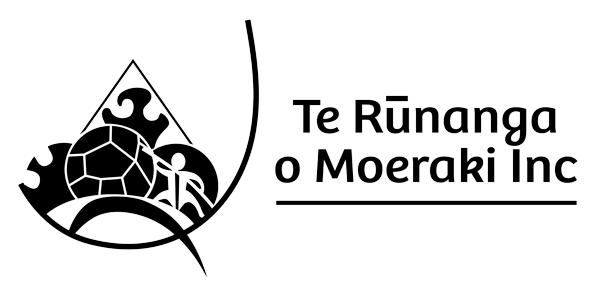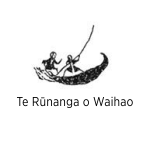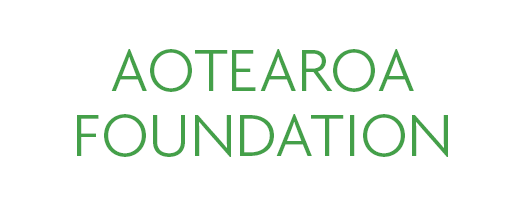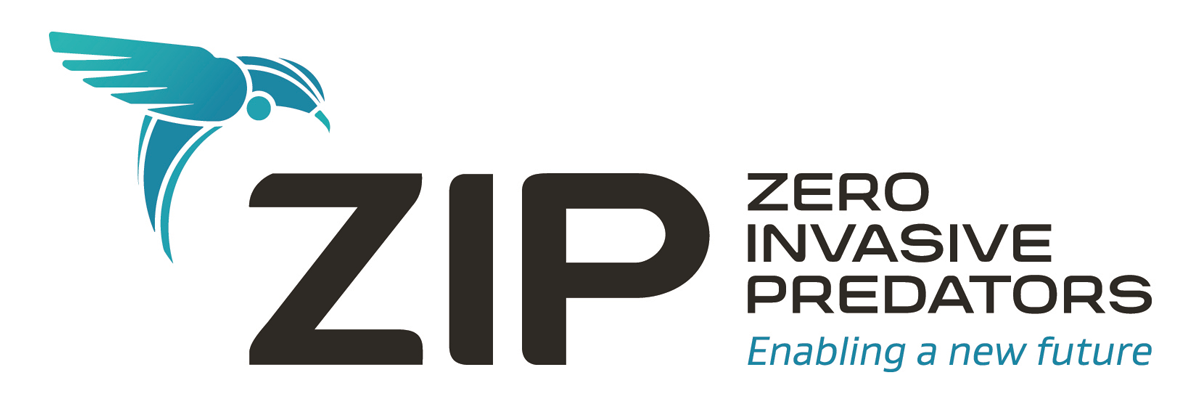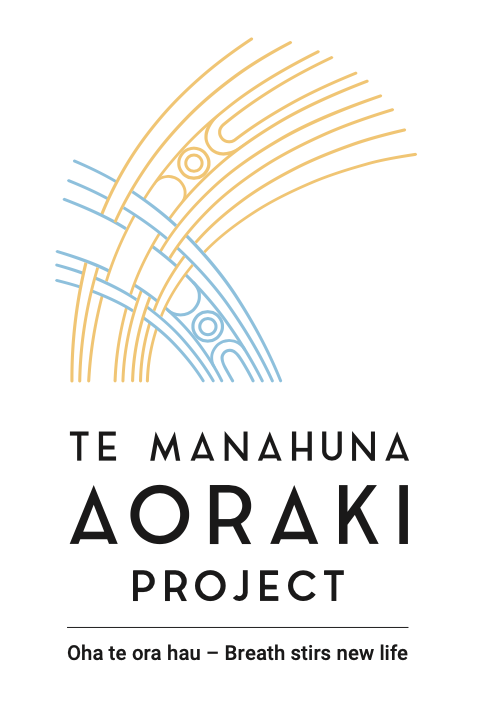


a part to play
About Us
A nationally significant conservation project
With our partners, Te Manahuna Aoraki Project is protecting and revitalising a vast 310,000 hectare mainland island in the Upper Mackenzie Basin and Aoraki Mount Cook National Park so native animals and plants can thrive.
It is home to some of our most threatened plants and animals, sites of immense cultural significance to mana whenua, and iconic high country farmland.
Along the way, Te Manahuna Aoraki Project will inspire and empower others to ensure the transformations are preserved for future generations.
Be part of the journey.
HECTARE
PROJECT AREA
PREDATORS
TRAPPED
INVASIVE WEEDS CONTROLLED
KAKī HABITAT
PROTECTED
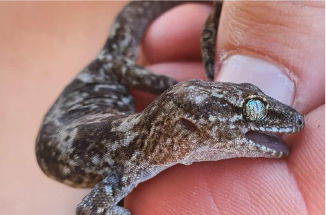
WHY HERE?
The project area is home to an outstanding range of threatened ecosystems and species found nowhere else in the world. We need to act now to ensure they are not lost forever.
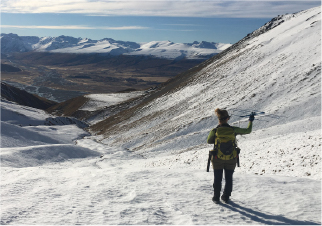
OUR WORK
We’re getting rid of pests and weeds, building relationships, and developing innovative techniques to safeguard 310,000 hectares in a predator-free mainland island.

COLLABORATION
Manawhenua, land owners, government agencies, philanthropists and the community are all working together towards the common goal of revitalising Te Manahuna Aoraki Project area.
Interactive Map
Discover more about our project
This interactive map shows the enormous scale of the project area and links to some of the work we are doing to restore and protect the Upper Mackenzie Basin and Aoraki Mount Cook National Park.
Click on the markers to find out more
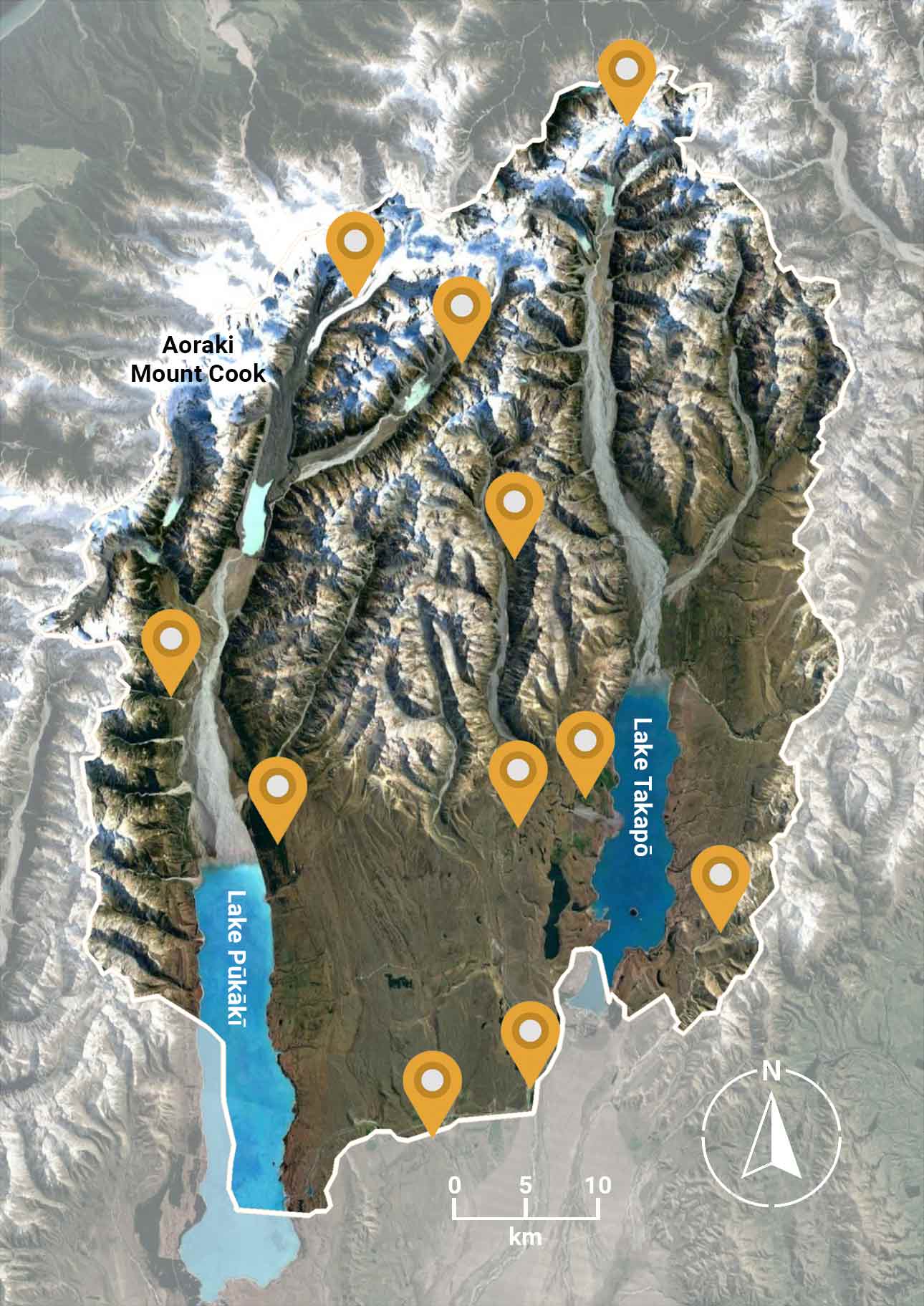
Patersons Terrace...
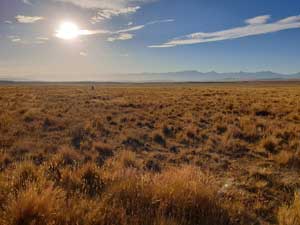
A trial to eliminate rabbits, hedgehogs and ferrets from a low country site.
Learn More
Robust grasshopper fence...

Could this be the world’s only fenced predator-free enclosure for an insect?
Learn More
Braided river bird monitoring...
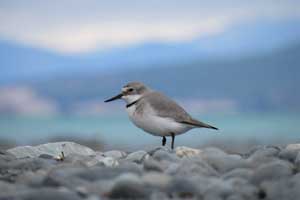
How are braided river birds like kakī, banded dotterel and wrybills doing?
Learn More
Native fish protection...
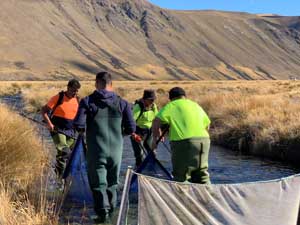
A rūnaka project at Fork Stream to protect native fish from invasive species
Learn More
Weed control...

We are controlling weeds like rowan, broom and cotoneaster before they become another wilding pine problem
Learn More
Predator study...
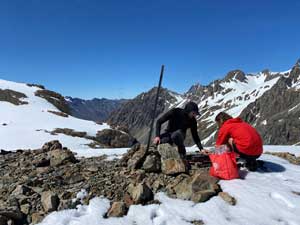
Hedgehogs at 2000m? This is just one of the fascinating findings from our research about invasive pests and their seasonal movements
Learn More
Malte Brun trial site...
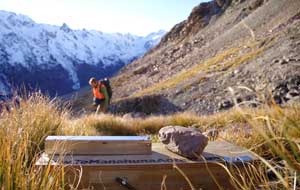
Can we eliminate stoats from this alpine site and use mountains and glaciers to stop reinvasion?
Learn More
Mountains as barriers...
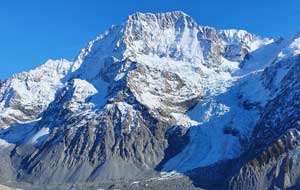
We are conducting research into how natural barriers like mountains and glaciers can stop predator reinvasion
Learn More
Fence trial site...
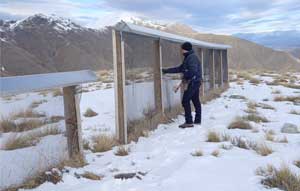
Different fence designs are being tested in these harsh alpine conditions
Learn More
Glenmore Station
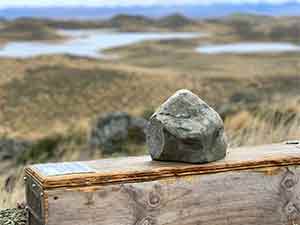
The project is working with Glenmore Station to eliminate five introduced pests
Learn More
Lizard and invertebrate monitoring...
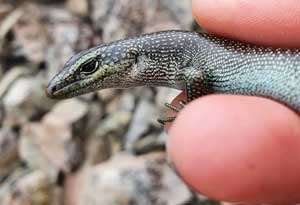
Studying skinks, geckos, wētā and grasshoppers – which ones live here and how are they doing?
Learn More
Innovative and solutions focused
We need to think outside the square to eliminate introduced predators. We’ve spent time researching how high and far ten invasive mammals travel in the alpine areas.
Protecting rare and threatened species
The braided rivers of the project area are home to the world’s rarest wading bird – the kakī / black stilt. Brought back from the brink of extinction by DOC, less than 200 adult kakī can be found in the wild but we are working hard to safeguard them.
Newsfeed
Keep up with the latest news
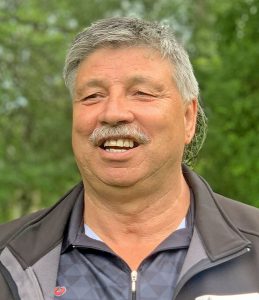
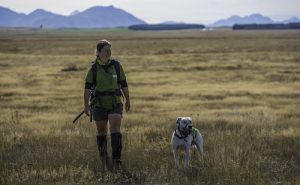
New Zealand’s only certified hedgehog detection dog hits the beat – Christchurch Press
One new graduate, the first of his kind in more than a decade, is on the beat this summer – and he will be hoping for a spiky reception in his new job.
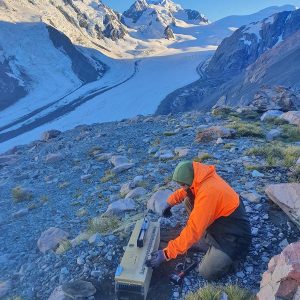
$5m to tackle predators in vast Mackenzie conservation project – Timaru Herald
By Keiller Macduff An ambitious Mackenzie conservation project has received a $5 million boost to take on predators and protect some of the country’s most endangered native species. The Te Manahuna Aoraki project encompasses a 310,000 hectare area
What our supporters say
Our Partners
Collaboration is key to transforming the ecological prospects of the upper Mackenzie Basin and Aoraki Mount Cook National Park
Te Manahuna Aoraki Project was established in 2018 with the following founding partners
Photo credits: Nick Foster, Julia Gibson, Dave Kwant, Robyn Janes
